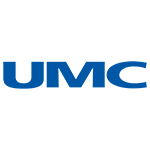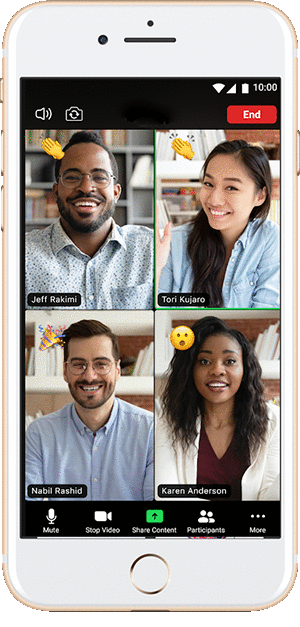A Leading Provider of Interpretation and Translation
300+ languages available, operating 24/7 | Phone and Video Interpretation | Translation and Localization
Over-the-Phone Interpretation
Phone interpretation, supporting 300+ languages and operating 24/7.
Click Here
Video Remote Interpreting
Video interpretation, supporting 40+ languages and integrating with popular video communications tools.
Click Here
On-Site Interpretation
High-quality, reliable face-to-face interpreters. We will match you with experienced linguists that suit your project needs.
Click Here
Translation & Localization
Translate your written material into hundreds of languages. Accurate, timely, and quality translation and localization.
Click Here










On-demand
Video Remote Interpreting
Interpreters are standing to help you in real-time throughout any situation while you are in the same room as the other party, via video or telephone.
VRI is the logical evolution from telephonic or Over-The-Phone (OPI) interpreting and can help your clients engage more personally in their interpreting sessions.
Regardless of where you or your other parties may be, videoconference platforms like Zoom help bridge the gap. Simply fill out the on-site request form and provide us with the Zoom Room ID and password.
Let us know how we can help you







